Also known as Okro, okra is a member of the mallow plant family. Okra is a severe drawback to the risk of major illnesses such as cancers and diabetes because of its richness in vitamins A, C, and K. Okra also helps improve digestive health. In this write-up, we will explore the cultivation of okra and companion plants that work well with the okra plant.
Growing Okra through Companion Planting
If you think of it, companion planting is a form of mutually beneficial planting technique used by farmers to maximize land space and, at the same time, boost the growth of the plants planted within the same space. In this article’s next set of lines, we will explore at least 20 plants that are good as companions for okra in the same garden space.
Basil
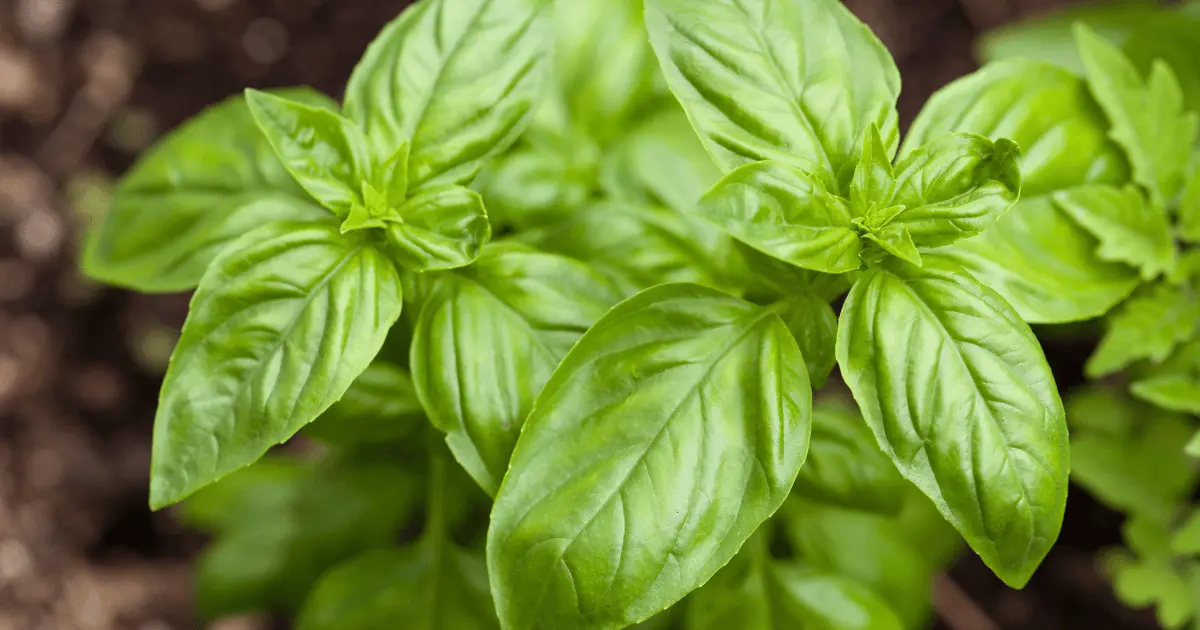
Basil has a powerful fragrance that serves the okra by keeping potential okra pests away from the farm. The fragrance of the basil is a strong throw-off for pests such as stink bugs, aphids, and white flies, which are detrimental to okra plantations. On the reverse side, okra provides the basil with shade from the direct impact of ash sunlight.
Cucumber

The cucumber is also a good companion plant for okra, as both plants have the same growing requirements. It is advisable, however, to ensure that both plants are appropriately spaced because cucumber needs a lot of exposure to sunlight for its proper growth. Planting cucumber alongside okra helps the farmer make the best use of the land space, as you have more for the same space.
Melon
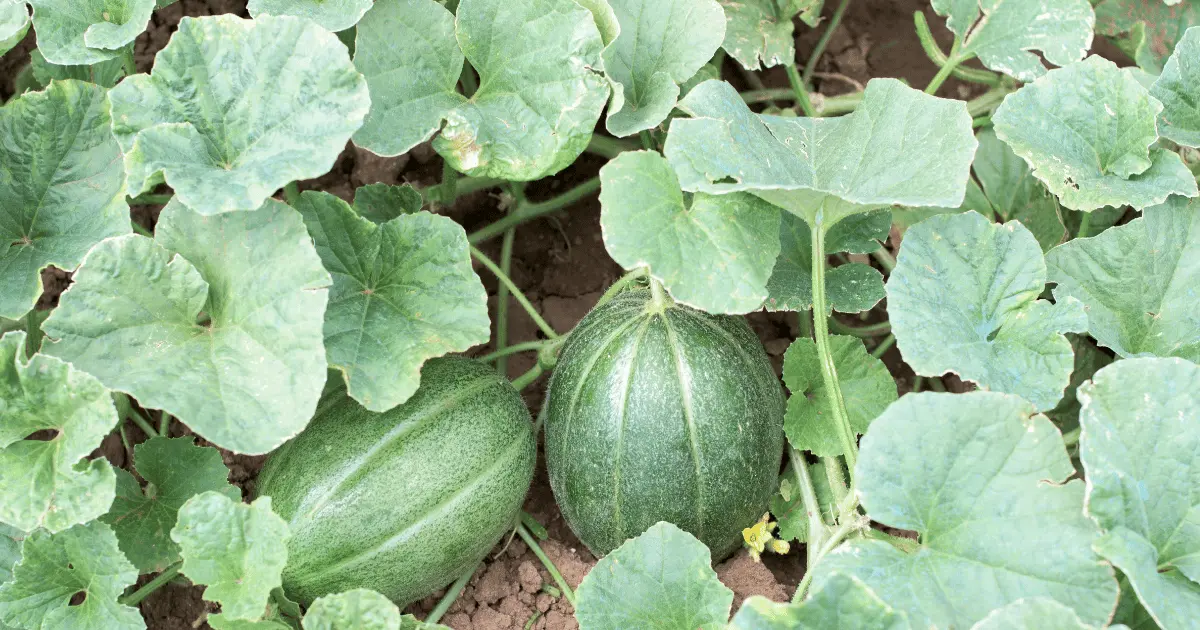
Melanie needs a lot of water and sunlight exposure to grow properly; these conditions are similar to the okra, which helps the farmer make the best use of the space without having to do another kind of soil preparation or treatment. Just like the cucumber, it is advisable to leave enough spacing between the melon and the okra because of the sunlight requirements of the melon to thrive.
Cosmos

Cosmos is a flowering plant, and aside from the aesthetic that this plant adds to the farm, it also serves the purpose of attracting beneficial insects, such as pollinators, to the okra farm. This factor alone makes the cosmos an excellent companion plant for okra.
Zinnia

Zinnia is another flowering plant that does well when planted near okra. The significant benefit the okra derives from being planted alongside zinnia is that it attracts pollinators to the okra farm. These pollinators do their magic trick on the flowers of the okra.
Lettuce
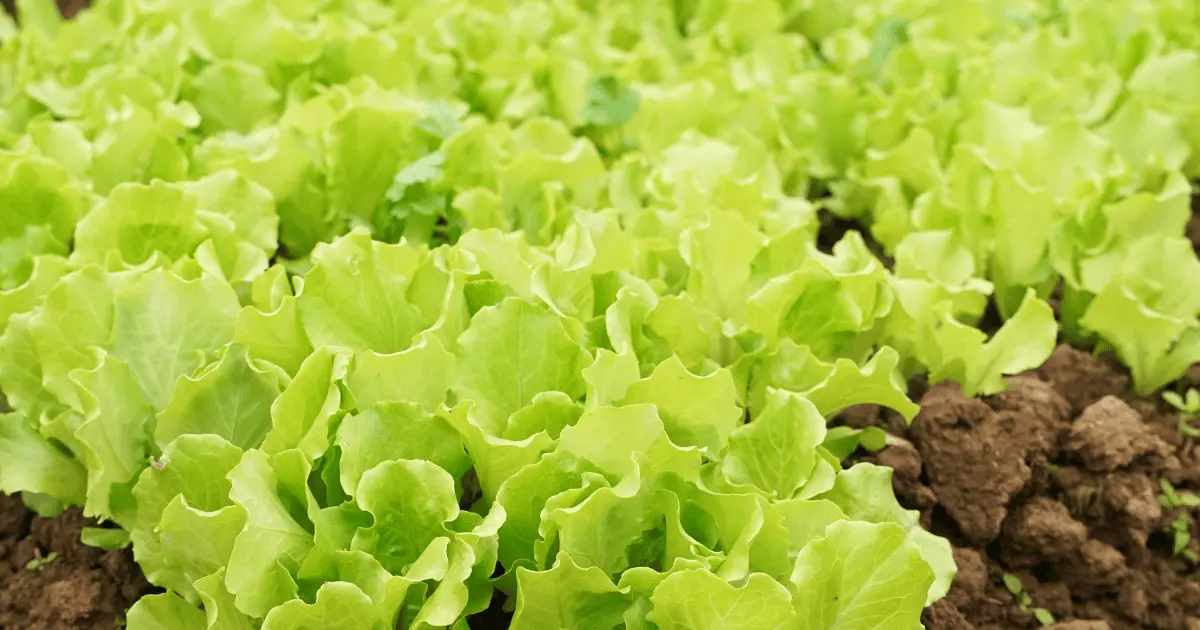
Lettuce makes a perfect companion plant for okra as well, and that is because Lettuce grows very shallow roots. Therefore, it will not compete for the same nutrients needed by okra within the same space. The okra, in reverse, provides some shade for the lettuce plants, which is especially useful for harsh sunny days.
Pepper
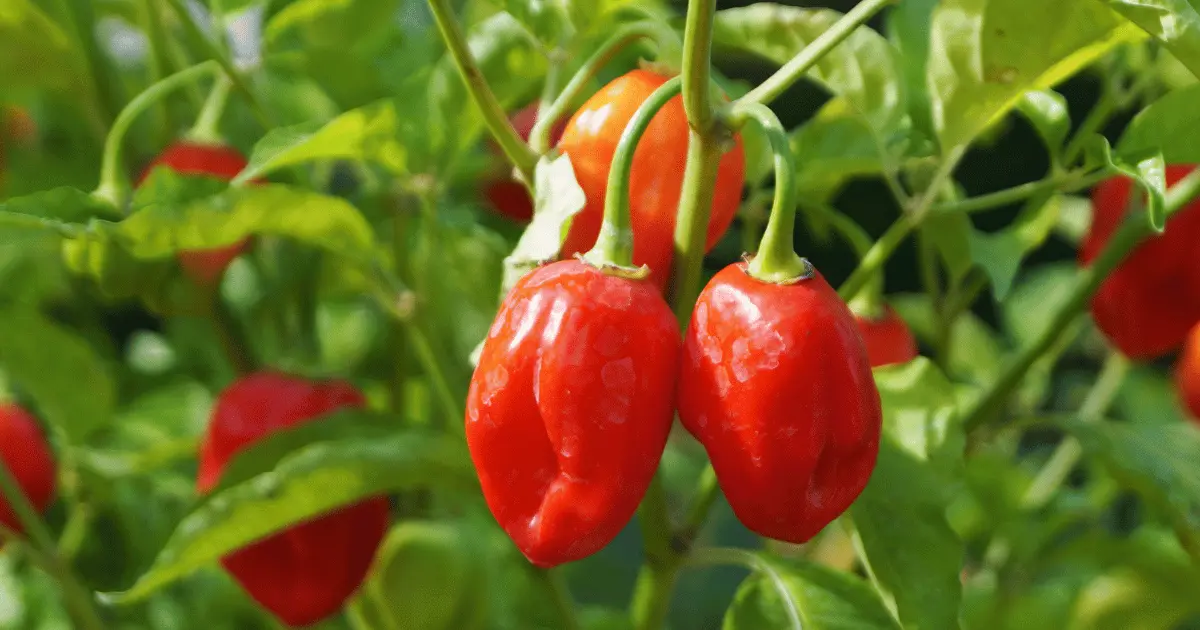
Planting pepper around your okra farm will significantly benefit the okra plant because the pepper serves as a natural pest repellant for okra. The presence of pepper repels pests such as cabbage worms, and it is not such a bad idea to have pepper planted around your okra farm.
Peas

Peas will also do well around an okra farm, and this is because peas produce their crops long before okra. You might be wondering how an early-producing plant benefits the okra; well, wonder no more as the pea will not compete for nutrients from the soil simultaneously with the okra. Planting peas alongside okra will help the farmer make the best use of the land space and get more even for the same landmass. Moreover, peas release nitrogen into the soil, ensuring good soil health for the okra.
The only caution to this is to make sure you take out the residues of the pea after harvest to allow enough room for the okra to grow into harvest.
Eggplant
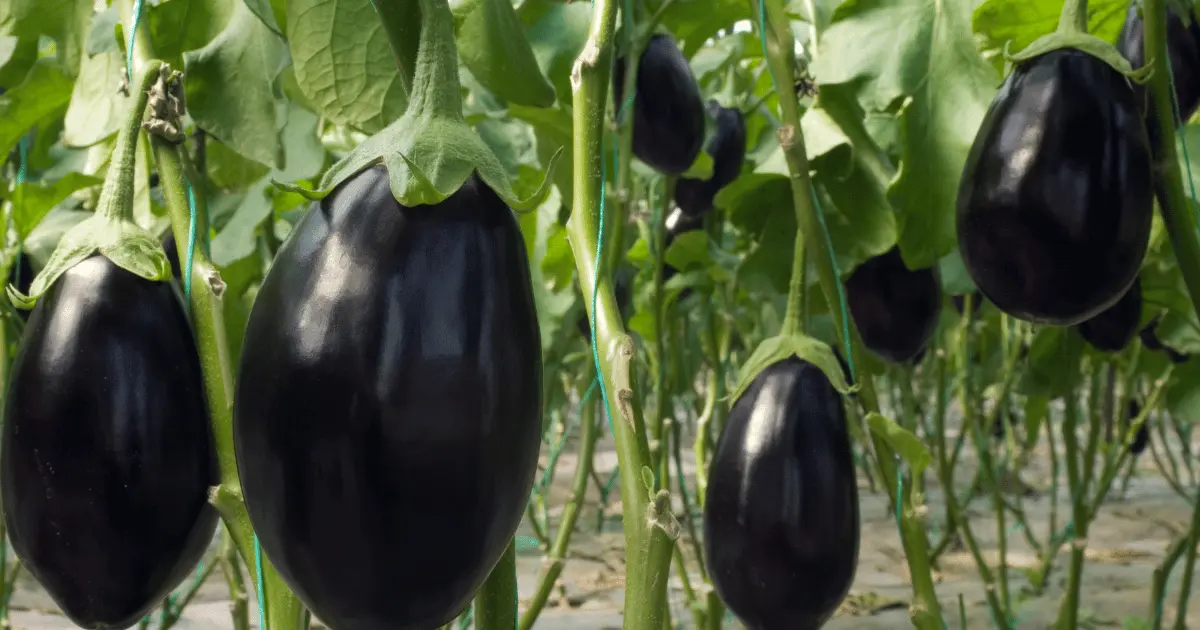
Eggplant also makes a good companion plant for okra. The presence of eggplant around an okra farm makes the soil more nutritious for the growth of the okra. The reason for this is that the eggplant releases potassium into the ground, which is an outstanding nutrient for the growth of okra.
Radish
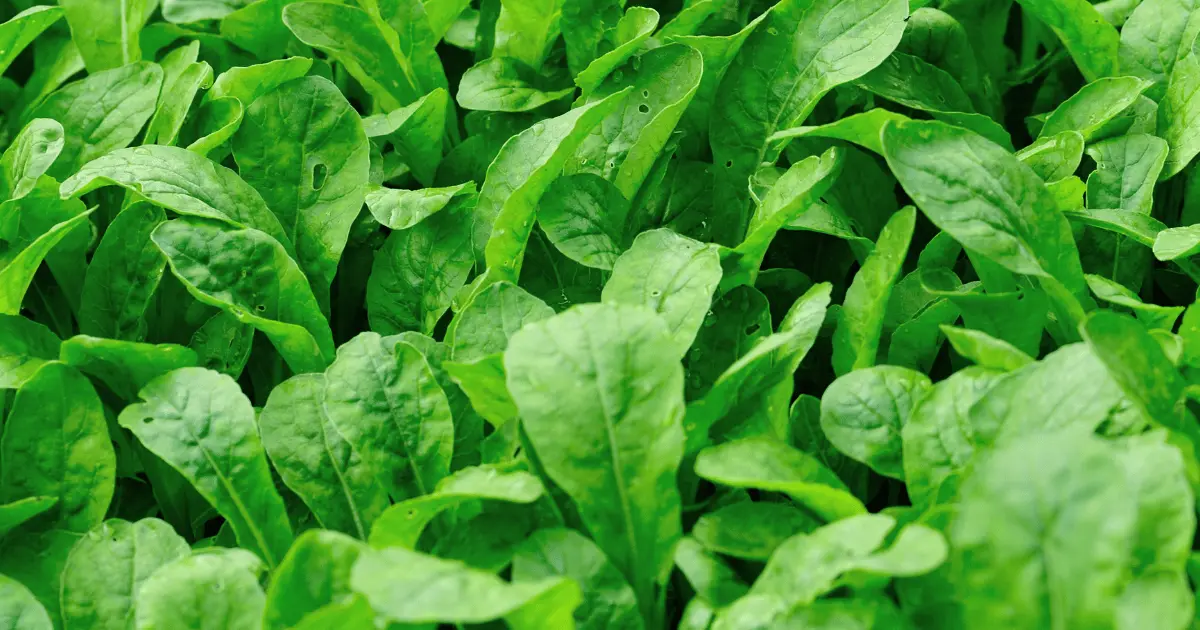
Planting radish alongside okra helps the latter to grow strong. This is because the more radish grows, the more it loosens the soil structure, allowing okra to grow deep in its roots. The deeper the roots of okra, the more it can tap into the soil nutrients and the more it can withstand harsh weather conditions such as strong winds.
Tomatoes
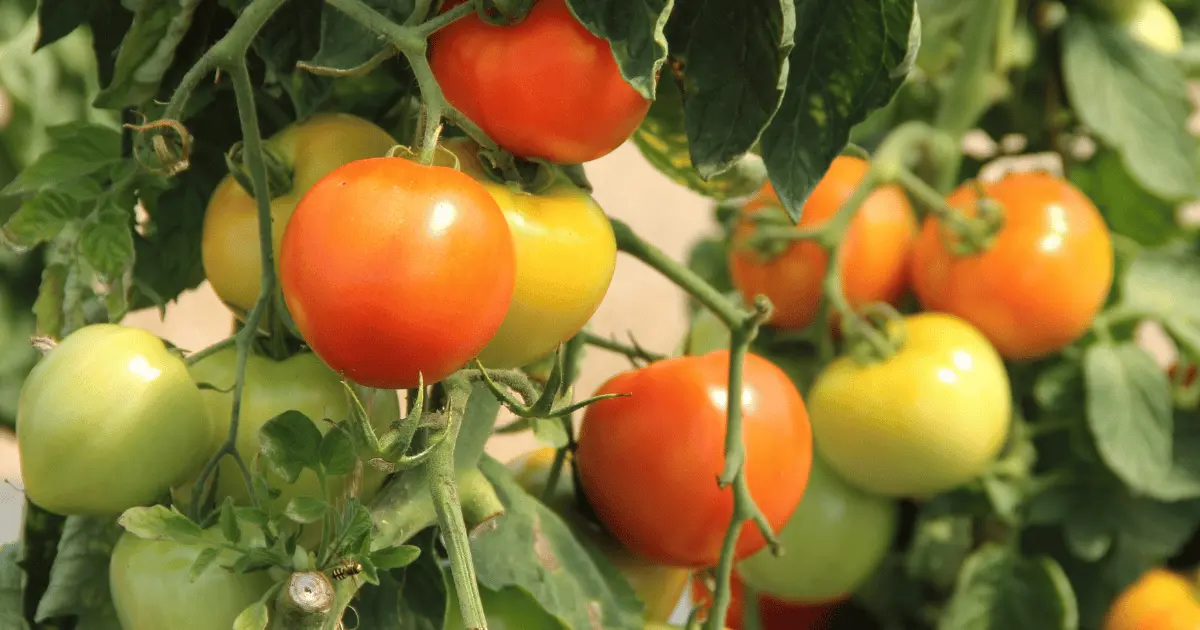
Tomato also makes an excellent companion plant for okra as it serves as a natural pest control system for the okra. The presence of tomatoes will attract pests of okra, such as stink bugs. The tomato thereby serves as a decoy luring these pests away from the okra.
Sunflowers
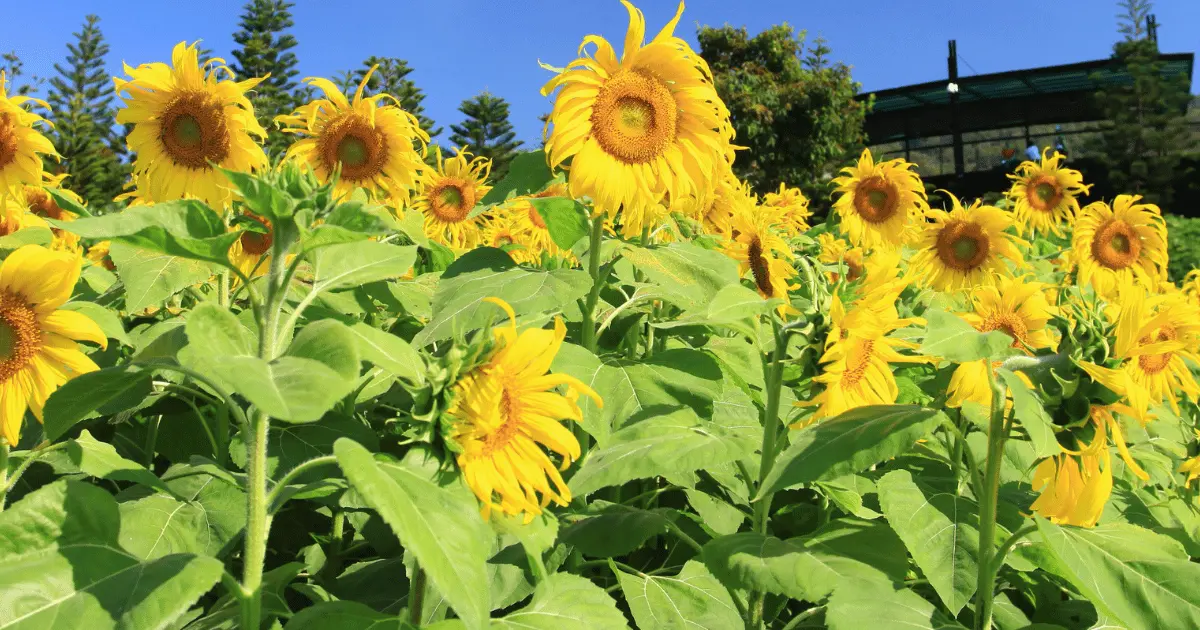
The presence of sunflowers around okra is also another beneficial relationship for both plants. Sunflower has bright flowers that attract beneficial insects (pollinators) to the okra farm. These insects pollinate the okra flowers, which in turn helps the growth of the okra fruits.
Cilantro
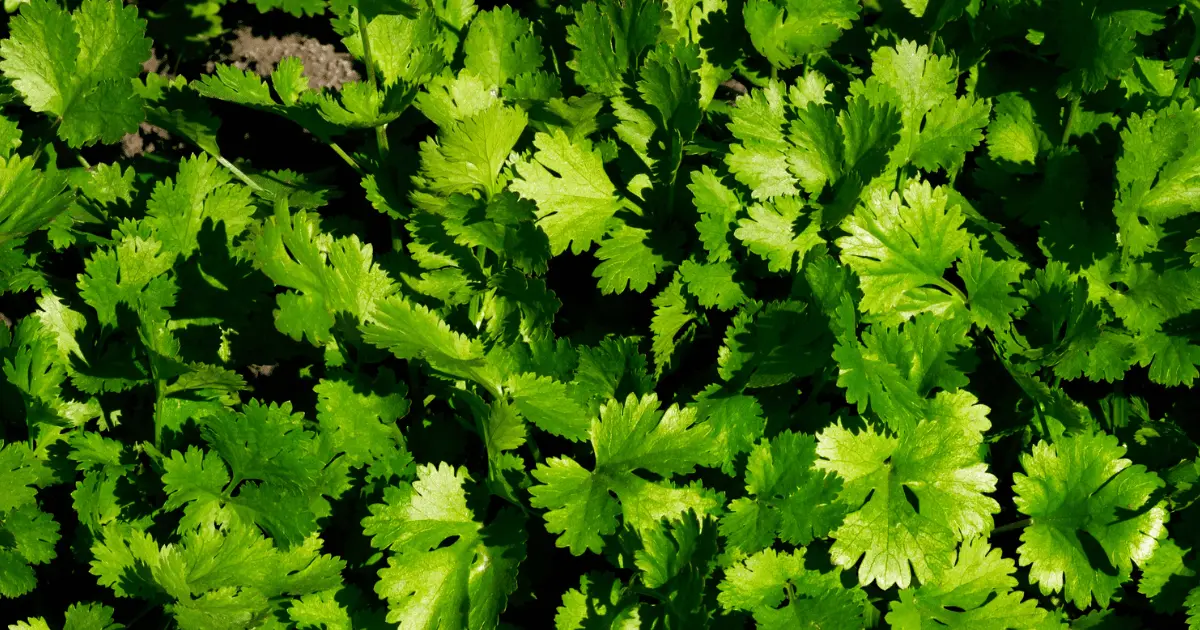
Cilantro serves okra as a pest control plant when both plants are nearby. Aphids can be a massive problem for okra, and cilantro deals with this through the hoverflies it attracts. The hoverflies prey upon aphids, thereby keeping the okra farm safe.
Onions
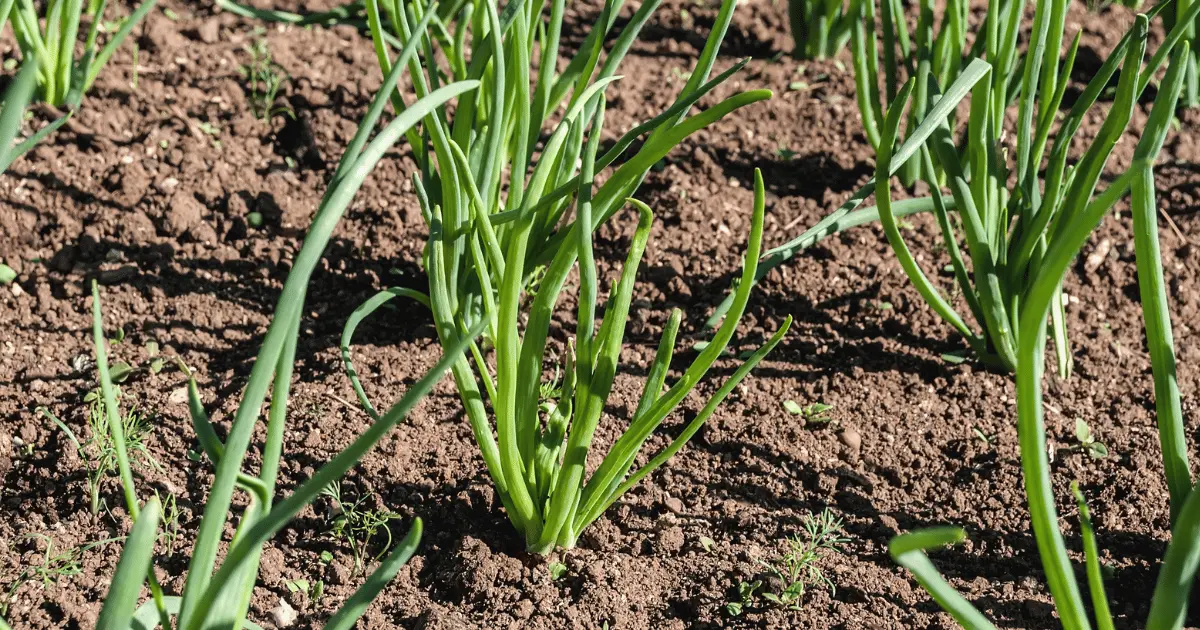
Onions, when planted close to okra serve as a pest-repellent mechanism for the okra plantation. The pungent smell of onion is a throw-off to many pests. Onion deters aphids and beetles, which are disastrous for the okra farm.
Garlic
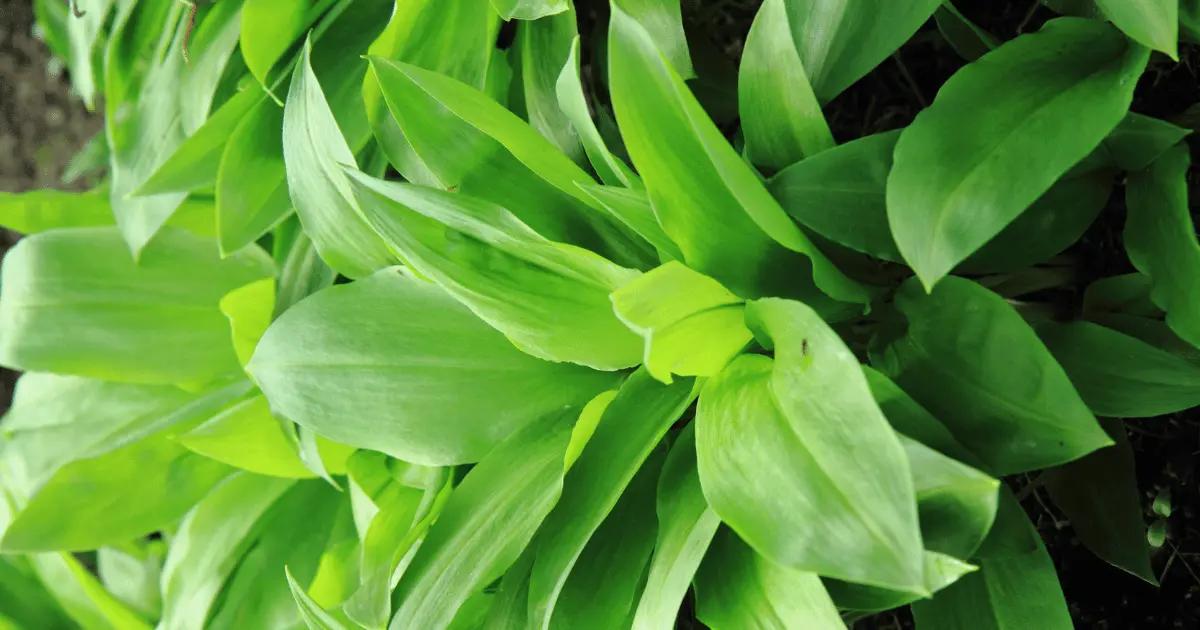
Garlic is another plant of the Allium plant family which serves beneficially when planted near okra. Garlic repels natural pests of the okra; it also breaks the soil structure up, thereby allowing the okra to dig deeper into the soil for water and nutrients.
Spinach
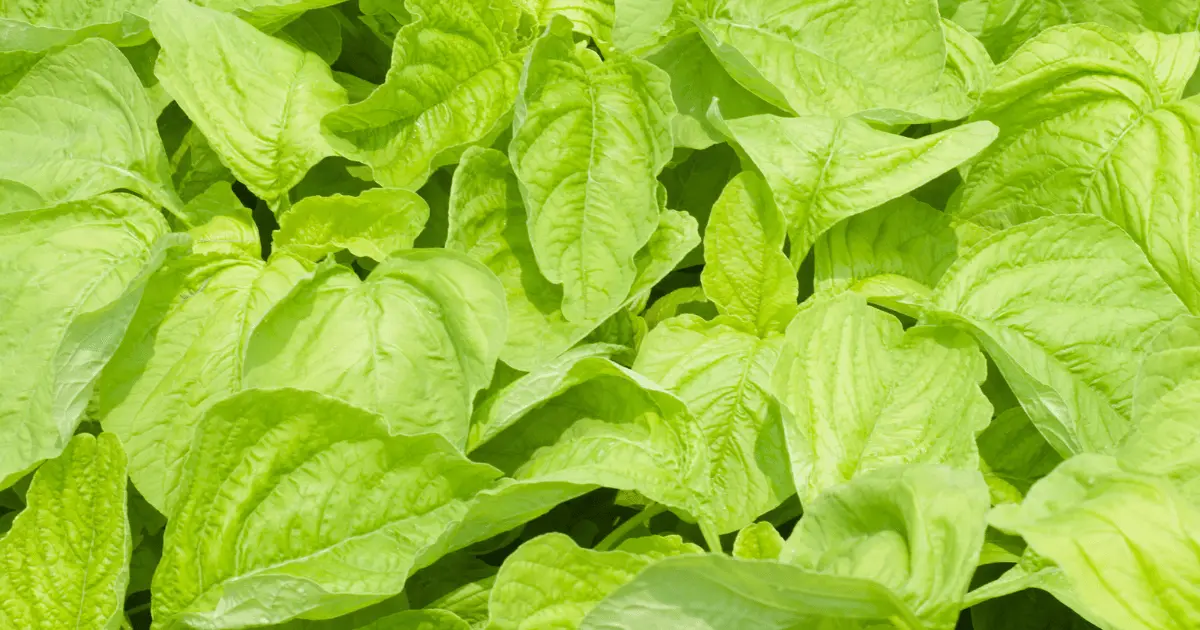
Spinach is a fast grower, and when planted alongside okra, the benefits to the farmer are immense. For one, spinach helps the farmer make the best use of the land space. Second, because spinach grows fast and can be harvested fast, it allows the okra to keep growing without significant competition. On the reverse view, spinach enjoys the shadow the okra provides, thereby keeping it cool and away from the harsh effects of sunlight.
Nasturtiums
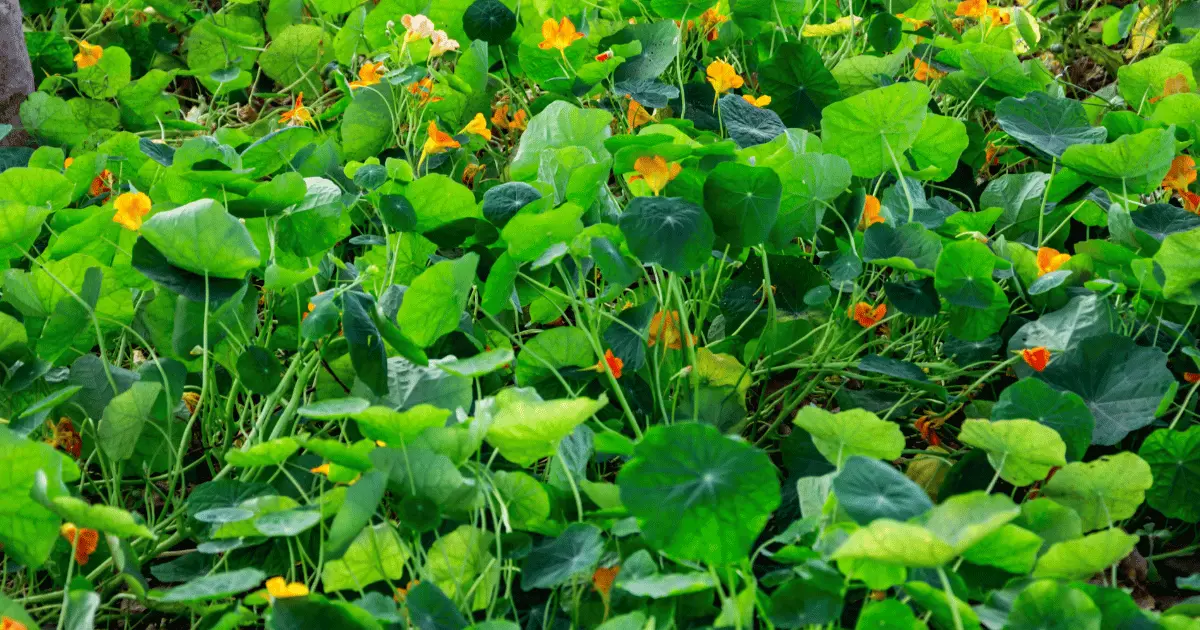
Nasturtiums are also incredibly beneficial to an okra plantation as they serve as a natural pest repellent for pests of okra, thereby keeping the okra farm space safe while they grow strong.
Jalapeno
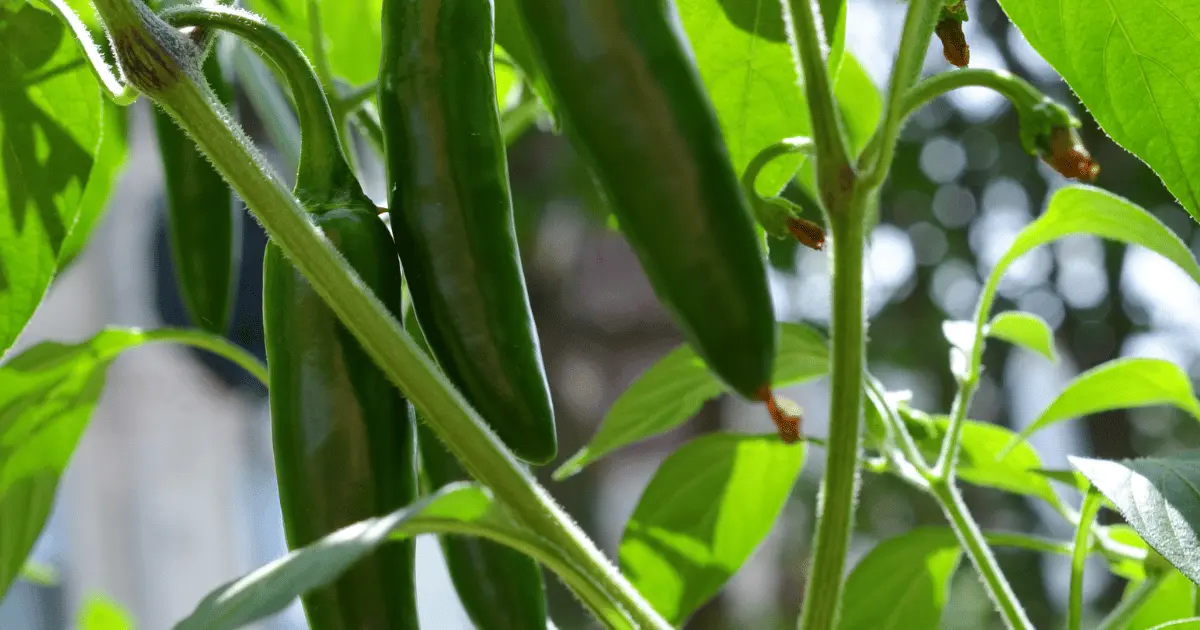
This pepper family plant will also do well when planted alongside okra. Not only does jalapeno repel natural pests of okra, but okra also provides its shade from the harsh effects of sunlight, thereby ensuring a mutually beneficial relationship on the soil space.
Beans
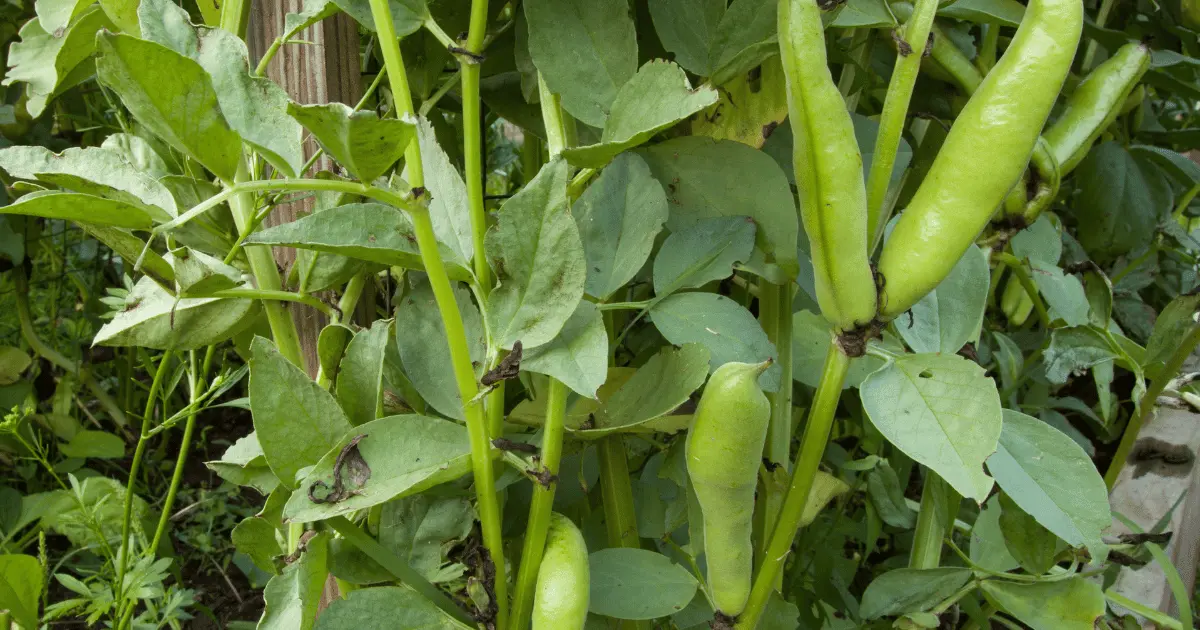
It is essential to understand the synopsis of plants and their pests. Whiteflies, one of the most significant okra pests, rely on vision to locate the okra. Planting beans around okra will increase whiteflies’ difficulty and other vision-dependent okra pests to locate the plant.
Cowpeas

Cowpeas make a good planting companion for okra because they attract beneficial insects and pollinators to the okra plantation. However, for the okra farm to fully enjoy the benefits of cowpea beneficial insect attraction, it is best to plant the cowpea two to three weeks after the okra has been planted so both plants can bloom around the same time.
Precautionary Measures for Using Okra Companion Plants
Companion planting can become detrimental to plants and farmers when it is not correctly carried out. Be sure to check the growing conditions of the companion plants you are using with your okra to make the best possible situation for both plants.
There are some plants that you should keep away from your okra plantation; sweet potatoes and squash increase the concentration of nematodes in the soil, and nematodes are harmful to the growth of okra. Therefore any plants that increase nematodes should be kept away from okra.
Planting Okra
Whether you desire to plant the okra within a small space, such as your backyard garden or a vast land mass, the following lines will give you an overview of how to plant and groom okra into maturity properly.
Although you can plant the seeds directly into the ground without any form of fore preparation, it is advisable to soak the okra seeds in warm water before planting, as this will boost fast food growth.
Planting okra is not different from planting other plants or crops within the garden. You have to bury the okra seeds into the ground, but this time you shouldn’t insert the okra seeds more than one inch deep into the ground; leaving a one-foot spacing between planted seedlings in a row of the okra plantation.
Since okra grows very tall, the spacing between rows should be at least three feet to allow proper space for germination. When the okra is still tiny, weed the garden (or the farm) consistently to kill all forms of nutrient competition for the okra, at least until the plant grows enough to be able to prevent weeds from growing around its territory. It takes about 50 to 60 days for okra to start producing fruit; enough for harvest, after which the plant produces for about 12 more weeks depending on the level of care.
